(November 14, 2024) When Anupam Tripathi left New Delhi for South Korea in 2010, he was stepping into the unknown. Armed with a Korea National University of Arts scholarship, a passion for acting, and the courage to chase a dream, he entered a world that few Indian actors had ever explored. A decade later, Anupam would become one of the most recognized faces in South Korea, impressing audiences worldwide as Ali Abdul in the Korean television series Squid Game. His role as the hardworking Pakistani migrant worker struggling for his family’s survival resonated with millions, making him a known face.
For the Global Indian, the journey has been about more than professional achievement – it’s been a way to celebrate his roots while embracing his new cultural home – South Korea. In 2024 his journey in acting came full circle, as he stepped into the Indian entertainment industry with IC 814: The Kandahar Attack, a role that fulfils his dream of performing for his home audience.
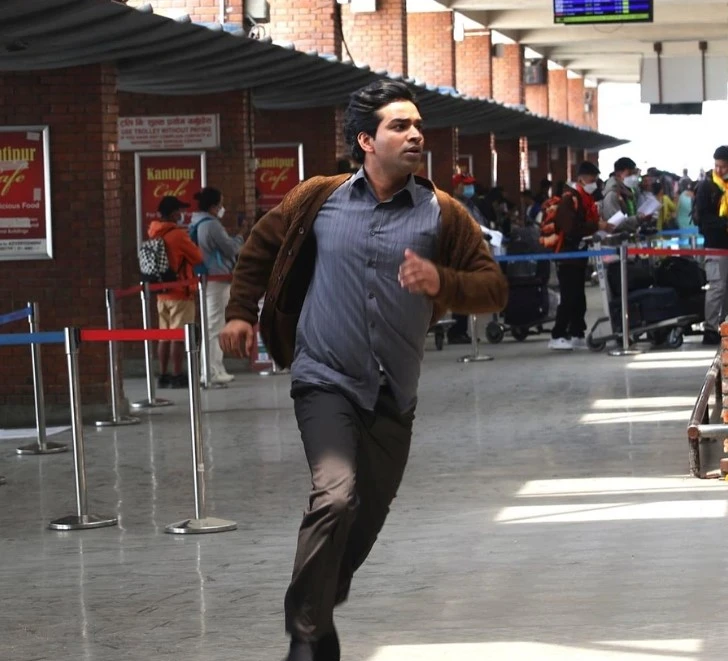
Anupam Tripathi on the sets of IC 814: The Kandahar Attack
Roots in theatre
Born in New Delhi, Anupam Tripathi’s fascination with acting began early while studying at Kendriya Vidyalaya and later JNU. His inspiration stemmed from witnessing the powerful performances at India’s National School of Drama (NSD), an institution renowned for its training in theatrical arts.
Initially, he pursued his passion for acting through local theatre in New Delhi, joining the Behroop theatre group led by playwright Shahid Anwar. His first significant role as a slave in Spartacus marked his entry into the world of performance. Following that, he cultivated his skills under the guidance of experienced mentors, preparing to step into professional theatre. In 2010, however, the then budding actor’s career took an unexpected turn when he received the prestigious AMA+ (Arts Major Asian plus) Scholarship to study at the Korea National University of Arts, setting the stage for an extraordinary journey. “I spent 10 years in Korea as a student and a theatre actor persevering every day,” he shared, talking about the hard work he has put into his career to take flight.
Adapting to Korea: New challenges, new horizons
Moving to South Korea in 2010 was a big challenge. The actor faced language barriers, cultural differences, and the inherent struggles of adapting to a new society. Reflecting on these hurdles, he shared, “Life does not go as planned.” Despite these obstacles, he learned Korean within two years and immersed himself in local theatre, eventually making his way into Korean media through small roles in films like Ode to My Father and plays like Bullyang Cheongnyeon (Troublemaking Youth).
These early roles often cast Anupam Tripathi as migrant workers, reflecting the social fabric of Korean society and giving him a unique platform to represent a marginalised perspective. “I am grateful that I was able to stand on stage because of these people (migrant workers),” he remarked, highlighting his commitment to authentic storytelling.
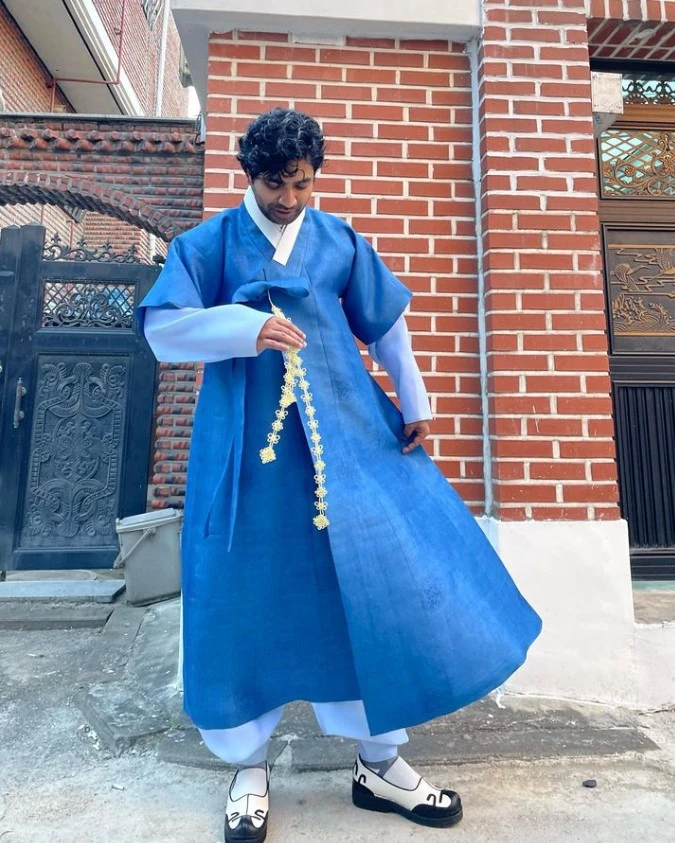
Anupam Tripathi wearing the traditional Korean attire, Hanbok
Indian actors shine in the Korean entertainment industry
In recent years, Indian actors have been making waves in the Korean entertainment industry, bringing a refreshing diversity to its dynamic landscape. Apart from Anupam Tripathi, names like Abhishek ‘Lucky’ Gupta and Anushka Sen are among the few Indian talents who have successfully entered this sphere, capturing the attention and admiration of Korean audiences. Their presence highlights a growing trend where more Indian actors aspire to participate in Korean dramas, movies, and variety shows, creating cross-cultural connections between India and South Korea. Korean viewers have also shown a warm reception to these Indian faces, enjoying the diversity and fresh narratives they bring.
The Indian actors are not only adapting to Korean culture but also embracing its nuances with a deep sense of respect and dedication. They undergo language training, cultural immersion, and even modify their acting styles to align with Korean sensibilities, reflecting their commitment to honouring the industry and culture they have joined. This mutual appreciation is enriching both entertainment industries, and opening doors for more Indian actors to explore new avenues in Korea.
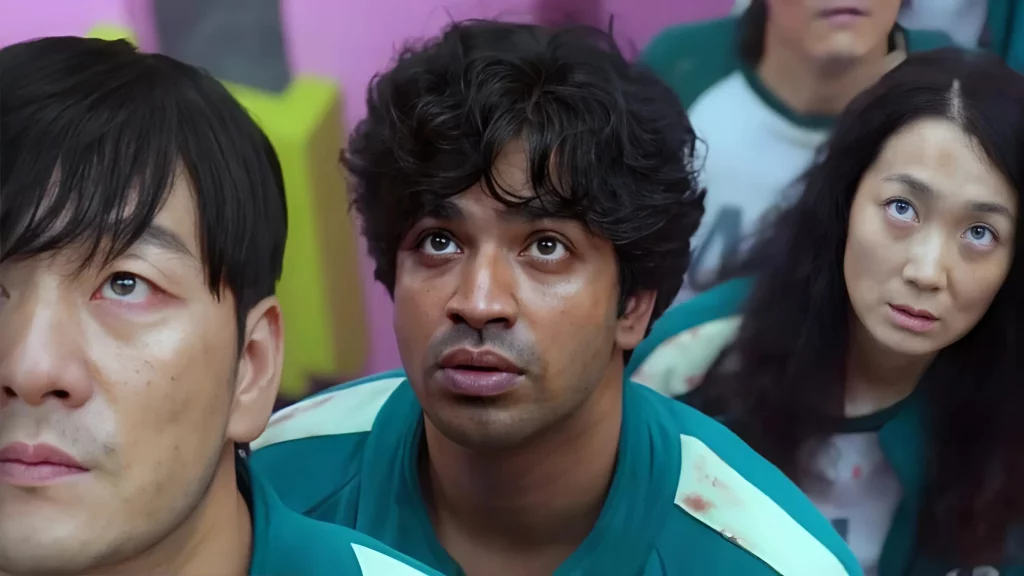
Anupam Tripathi in a scene from the Squid Game series
The breakthrough: Squid Game and global recognition
Anupam Tripathi’s career took a monumental leap with his portrayal of Ali Abdul in Squid Game in 2021. His character, a Pakistani worker desperate to support his family, resonated with audiences worldwide and catapulted him to global fame. The show’s success brought him sudden visibility and a social media following that grew from 10,000 to over 2.5 million practically overnight. His performance, marked by vulnerability and emotional depth, was widely celebrated, with director Hwang Dong-hyuk noting, “Finding good foreign actors in Korea was challenging but [Tripathi had] emotional depth and fluency in Korean.”
Ali’s character faced severe hardships, echoing Anupam’s own experiences as an immigrant. The role allowed him to channel his journey into art, and he felt a deep connection to his character’s struggles. “I, myself, was an immigrant in Korea looking for a better opportunity.” For Tripathi, Squid Game was not merely a job but an opportunity to portray the complexities of life as a foreigner, resonating with audiences who had lived similar experiences.
There was no looking back for the actor in the South Korean entertainment industry after the success of Squid Game. Several opportunities fell on his lap apart from awards like Seoul International Drama Award and Screen Actors Guild Award.
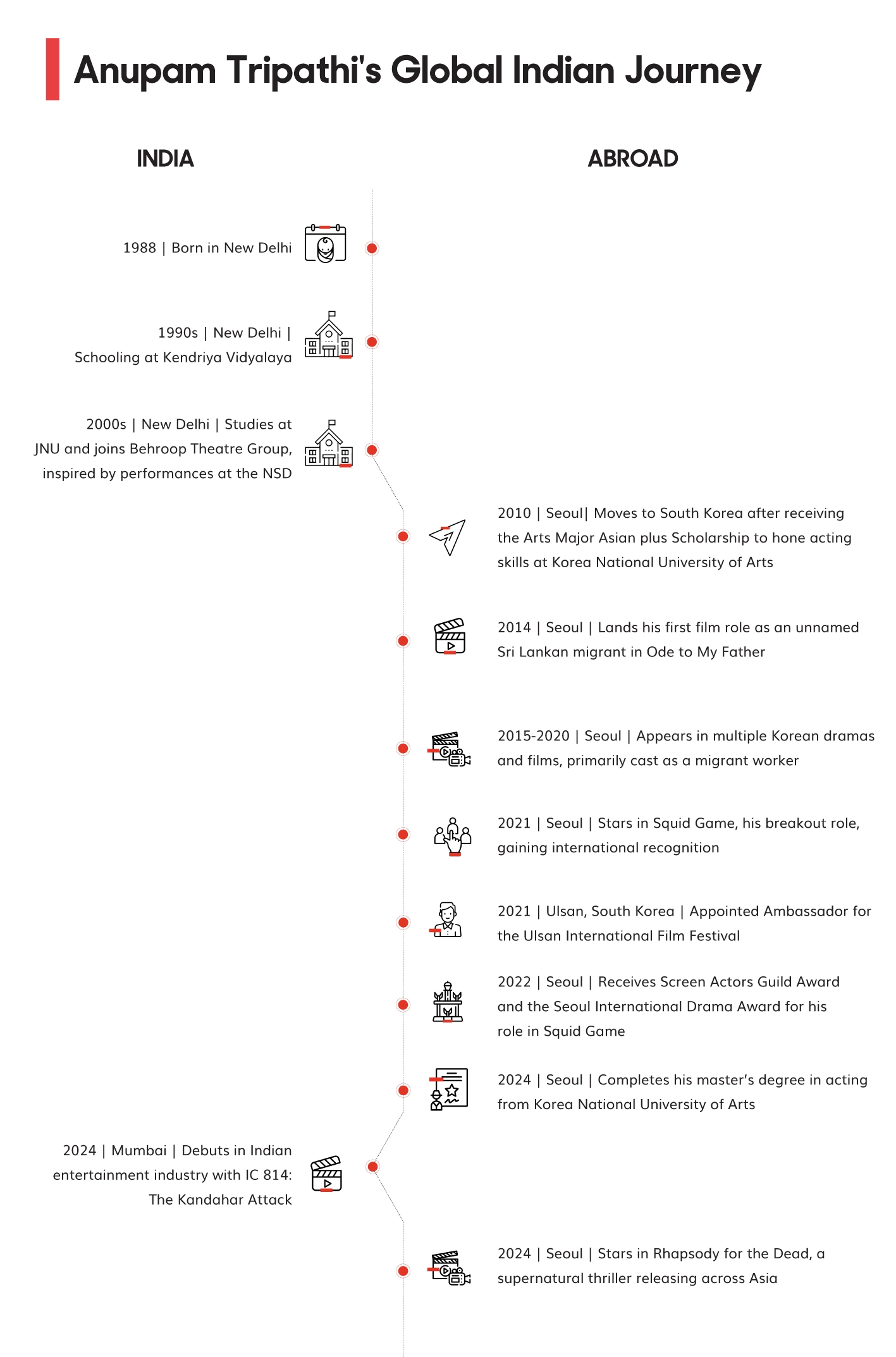
Stepping into Indian entertainment industry: IC 814: The Kandahar Attack
After gaining prominence in Korea, Anupam Tripathi finally achieved a lifelong dream by debuting in the television mini-series based on true events that tells the story of the longest hijacking in Indian aviation history. In 1999, five attackers hijacked a passenger plane and rerouted it to Taliban-controlled territory, sparking an international political crisis. The series stars well-known Indian actors like Naseeruddin Shah, Pankaj Kapur, Vijay Varma, Dia Mirza, and Arvind Swamy.
Anupam Tripathi’s role in director Anubhav Sinha’s series is of Ram Chandra Yadav, a key intelligence asset for India in Nepal. The series allowed the actor to explore a different side of his acting abilities. In contrast to the innocent, well-meaning Ali in Squid Game, Ram Chandra Yadav is a complex intelligence officer driven by duty and patriotism. “I couldn’t have asked for a better character to start with in India,” he said. “In the Squid Game, people saw me as naive or innocent. This character was totally opposite.”
Preparing for the role was a deeply immersive experience. Tripathi researched the demeanour and behaviour of intelligence officers, even visiting the Indian embassy in Korea. His preparation paid off, as he adeptly conveyed the fine balance of strength and vulnerability required by the role “It’s a very thin line. I cannot go too much. I cannot go too less,” he remarked on his portrayal of the character.
View this post on Instagram
Building bridges between cultures
Anupam Tripathi’s journey has not only bridged two cultures but has also opened doors for Indian representation in Korean entertainment. Serving as the Ambassador for the Ulsan International Film Festival in 2021 and speaking at forums like the Oxford Union, he is embracing his unique role as a cultural ambassador. “I feel blessed in a way, as I’m able to represent Indian culture and Korean culture,” he says, proud of his position as a connector between two worlds.
Despite being busy in acting, this year the actor has also completed his masters in acting at the Korea National University of Arts. Remembering his late father and thanking the Art Major Asian plus Scholarship programme for giving him the opportunity to learn acting, the craft which he enjoys the most, he remarked, “It’s the blessings of my mother, my family, professors, teachers, friends who all guided me to work on self, improve and grow better through education.”
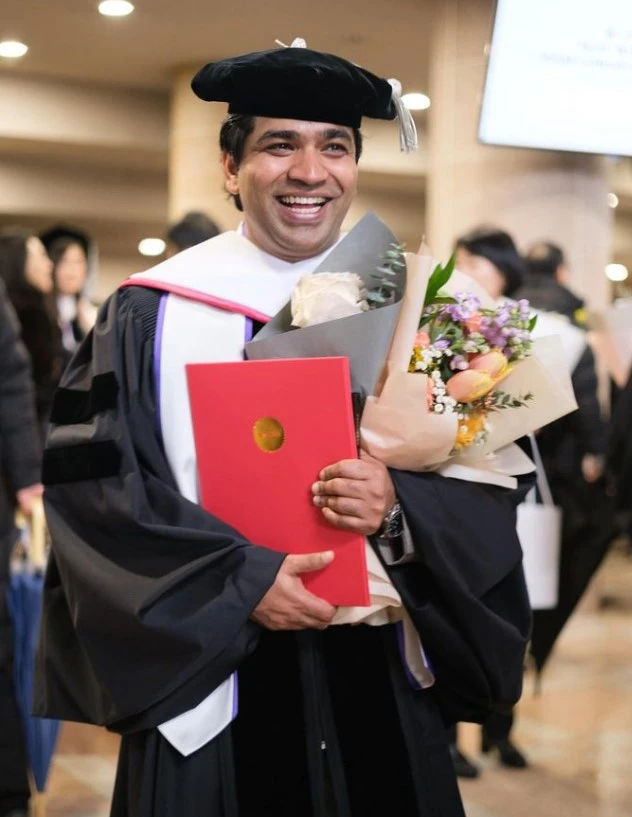
Anupam Tripathi completed master’s at Korea National University of Arts in 2024
Future projects and ambitions
Anupam Tripathi’s career continues to flourish, with several exciting projects on the horizon. One of his notable upcoming roles includes Rhapsody for the Dead, where he portrays a spirit exorcist in a supernatural thriller set to release in Korea and other Asian countries. Additionally, he has taken on a U.K. short film project as both an actor and executive producer, demonstrating his desire to expand his creative involvement. A new Korean drama is also in the pipeline, further cementing his presence in the Korean industry.
The actor hopes to break the mould by appearing in a historical drama, a genre where foreign actors are rare in Korean productions. “Someday, I want to appear in an authentic historical drama for the first time as a foreign actor. I will break the limit of being a foreigner and show various charms,” he revealed, expressing his determination to challenge stereotypes and showcase his versatility.

With a growing list of accomplishments and the support of fans worldwide, the Indian actor in Korea is serving as an inspiration for future talents from different backgrounds and cultural landscapes.
- Follow Anupam Tripathi on Instagram


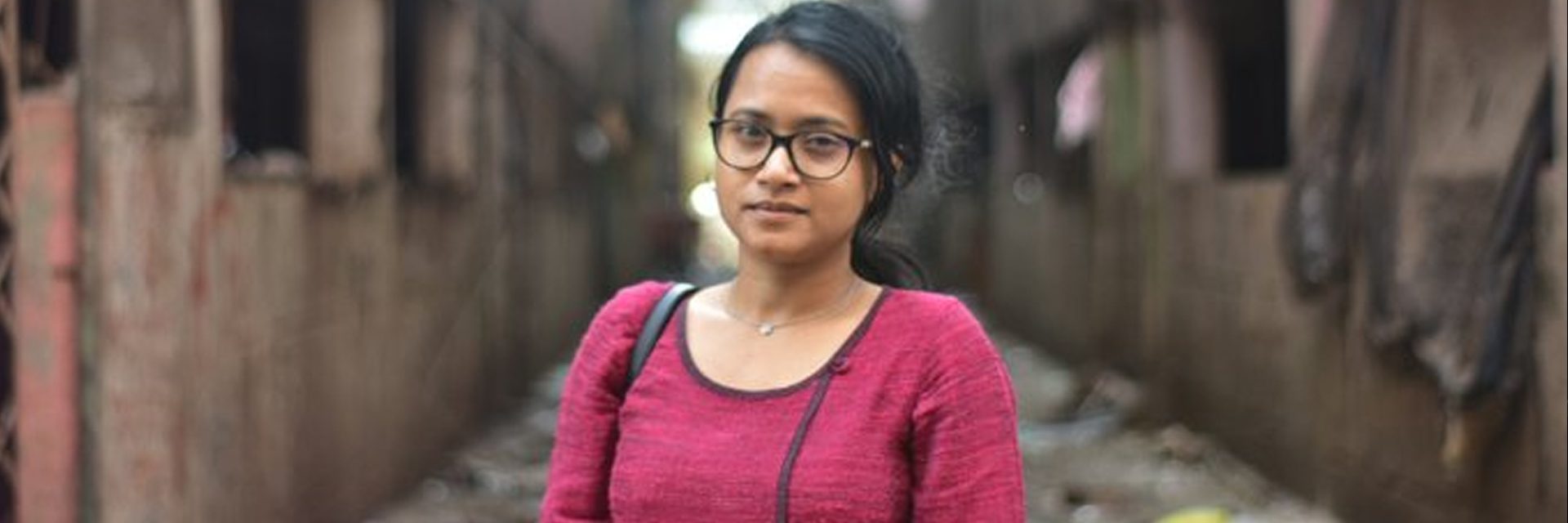


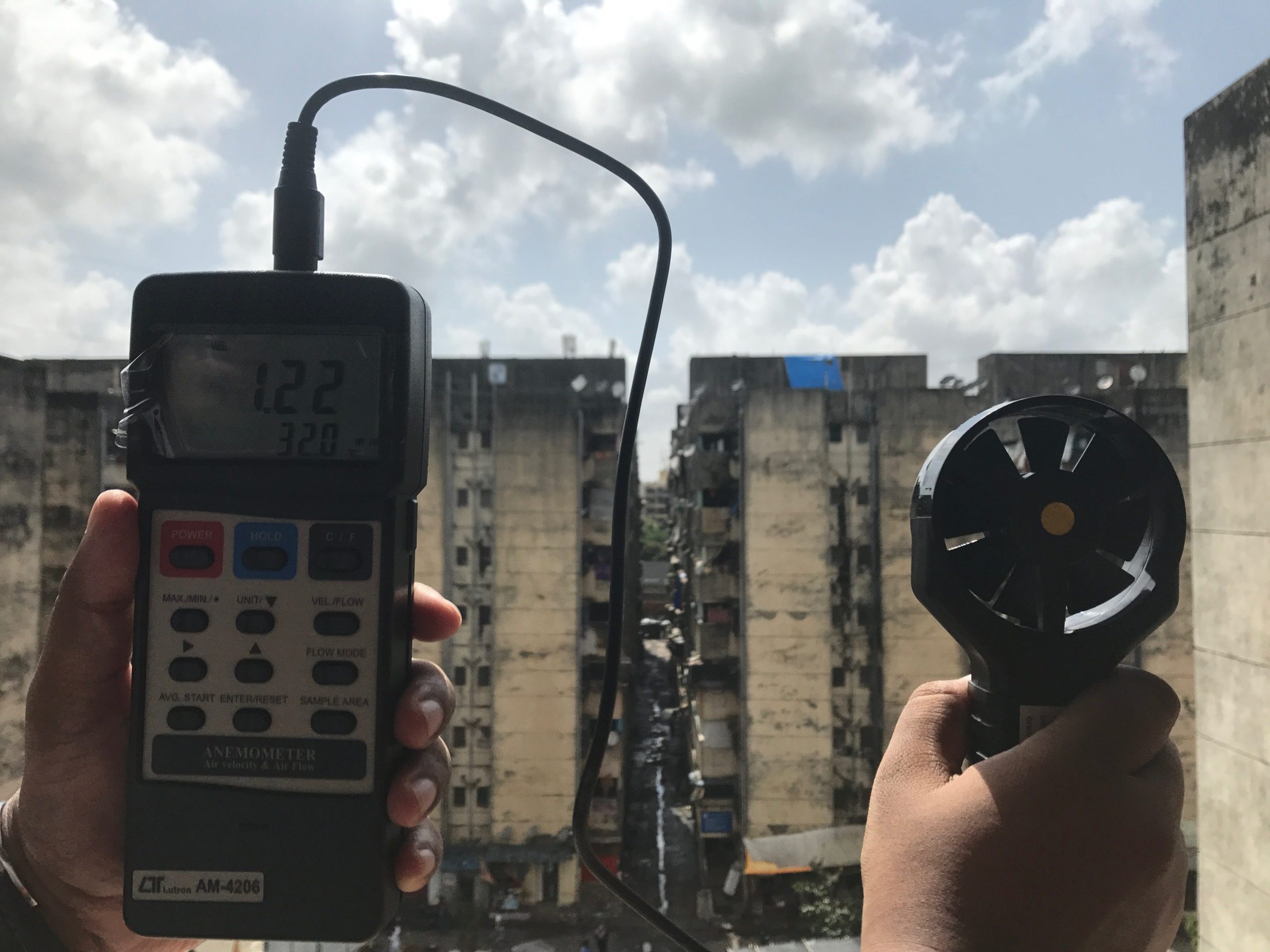 Data is gathered through a series of unstructured interviews and monitoring built environment through a range of sensors.[/caption]
Data is gathered through a series of unstructured interviews and monitoring built environment through a range of sensors.[/caption]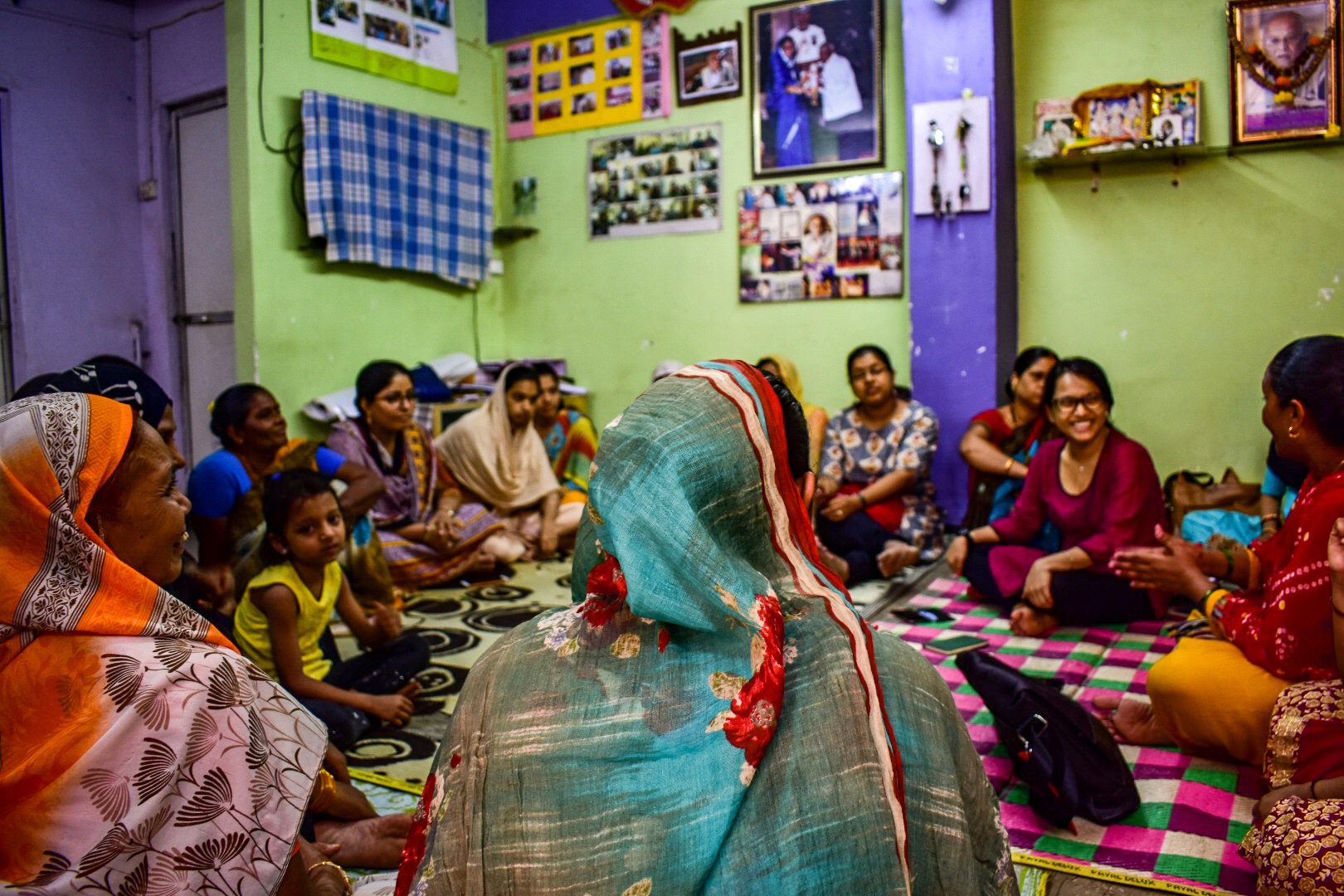 Ronita with women residents of Mumbai's SRA housing[/caption]
Ronita with women residents of Mumbai's SRA housing[/caption]
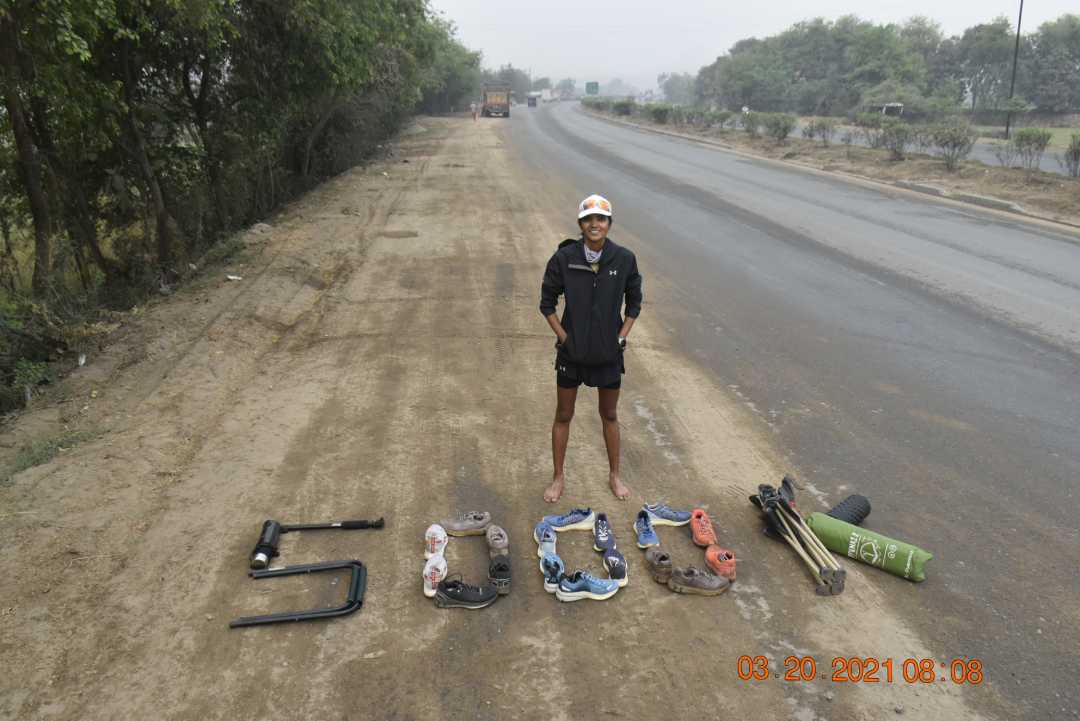

 Adarsh Gourav and Priyanka Chopra in a still from The White Tiger[/caption]
Adarsh Gourav and Priyanka Chopra in a still from The White Tiger[/caption]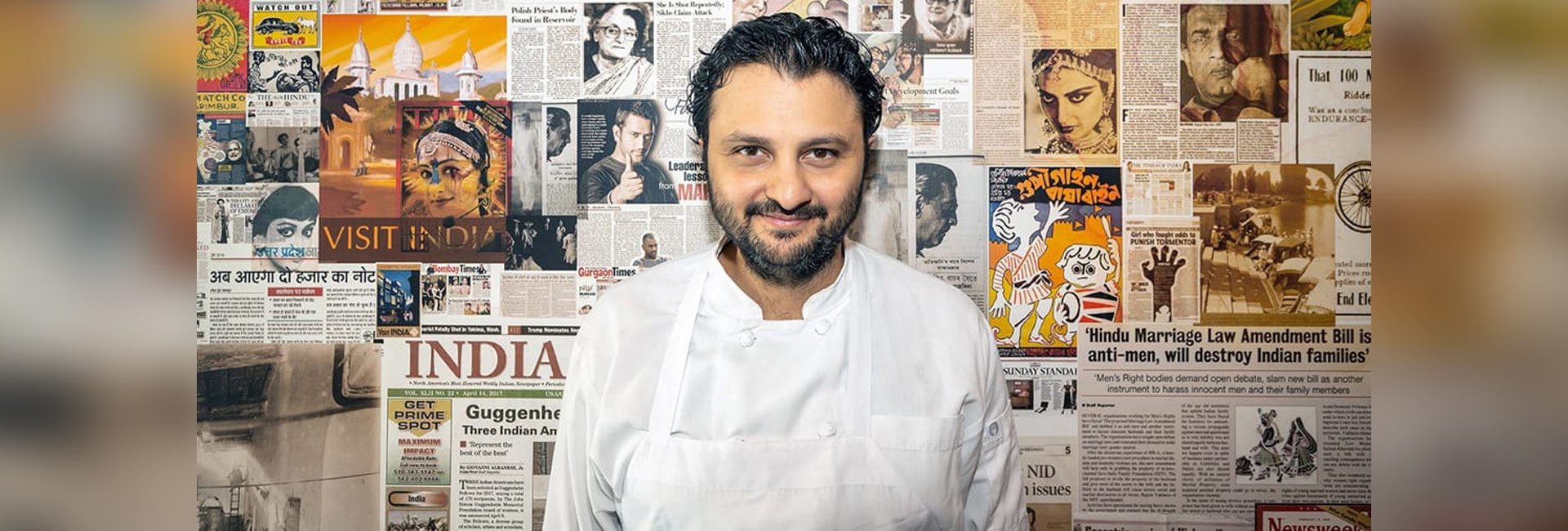
 The truffle khichdi at Rahi. Photo:
The truffle khichdi at Rahi. Photo: 
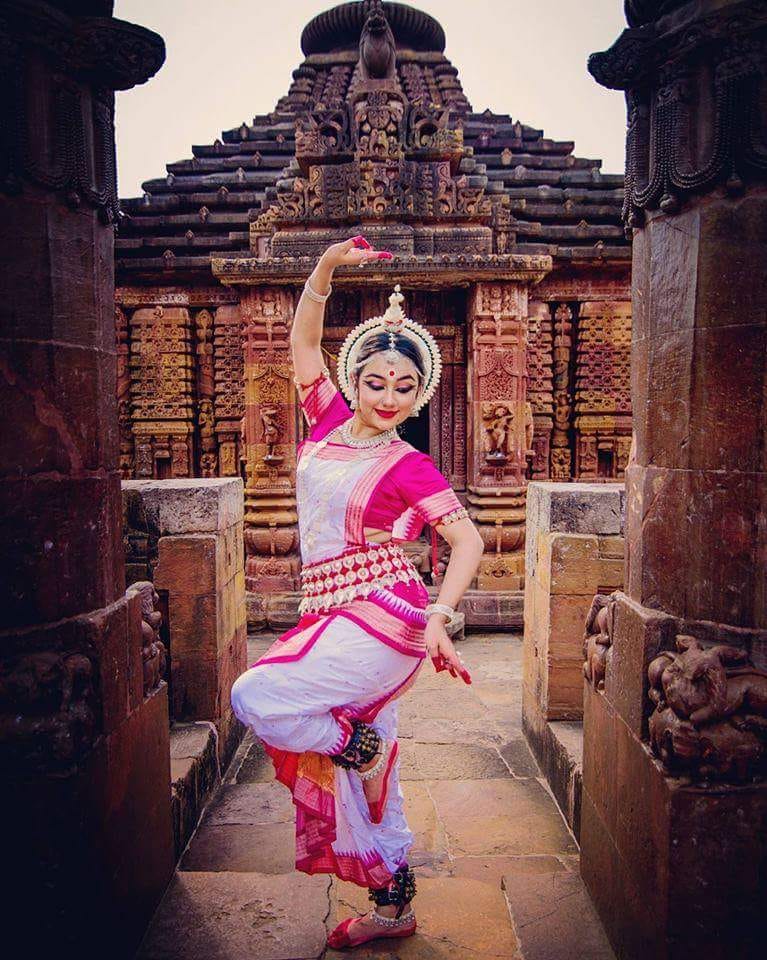 Vrinda Chadha[/caption]
Vrinda Chadha[/caption] Vrinda Chadha with her guru Padma Shri Ranjana Gauhar[/caption]
Vrinda Chadha with her guru Padma Shri Ranjana Gauhar[/caption] Vrinda Chadha[/caption]
Vrinda Chadha[/caption]